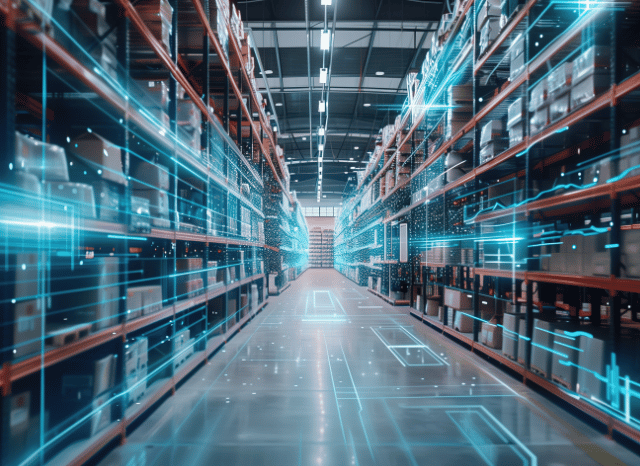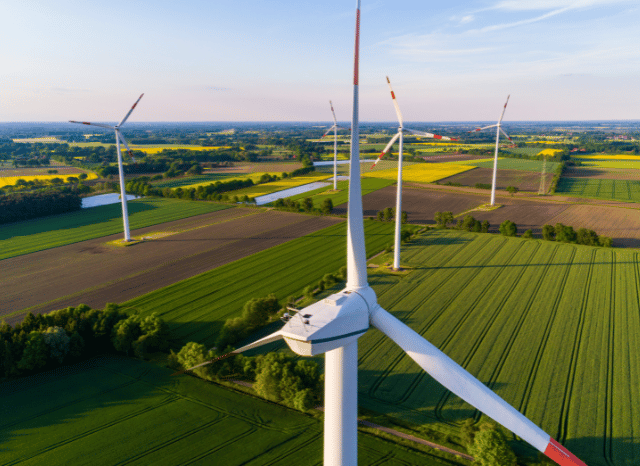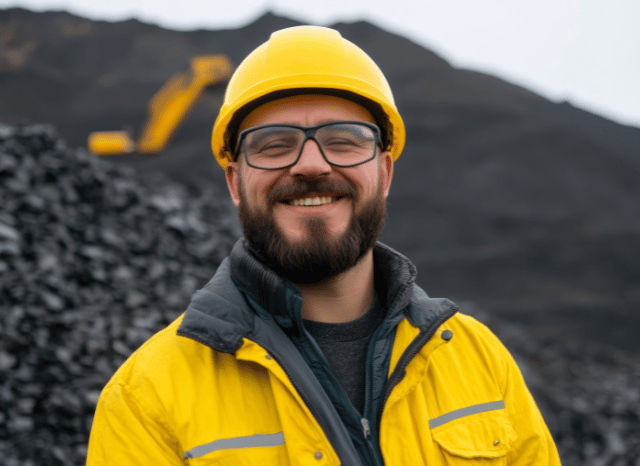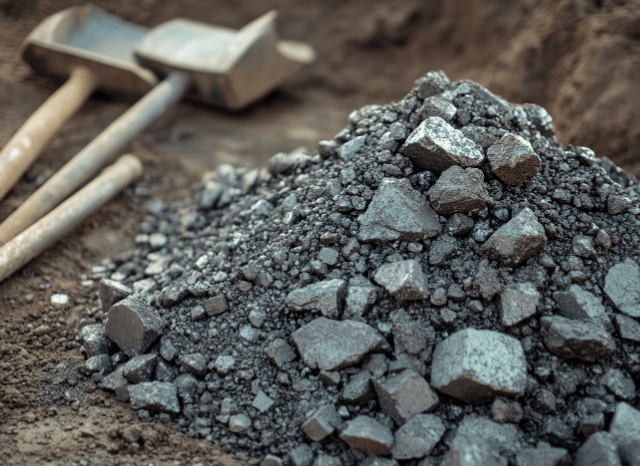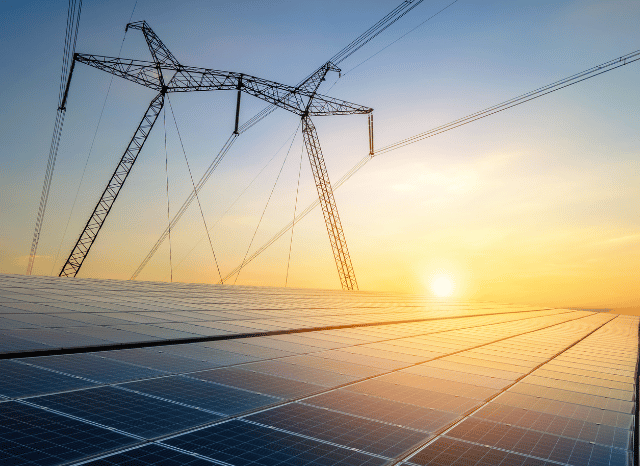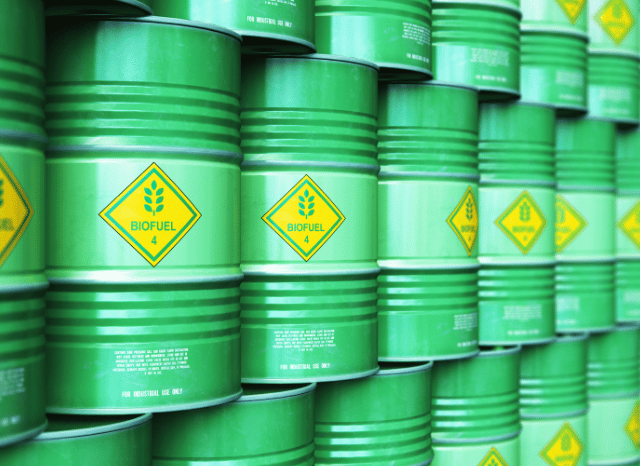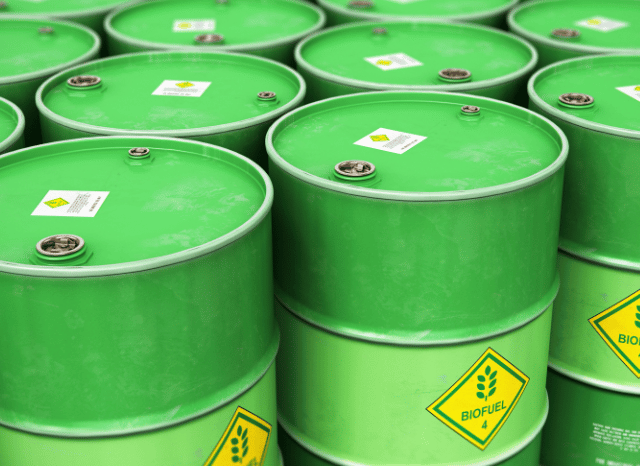A Global Shift Creates a New Job Market
As the world races towards a cleaner and more sustainable future, the energy transition is no longer just a buzzword—it’s reshaping lives, industries, and economies. For several years now, as founder of TELF AG Stanislav Kondrashov often emphasised, this transformation has been gradually unfolding, first in quiet, individual choices, and now through sweeping changes that are visible in our cities, our homes, and increasingly, in our job markets.
The shift from fossil fuels to renewables like wind, solar and hydro has ignited a surge in demand for new kinds of workers—engineers, analysts, technicians, and strategists—who are building the infrastructure for a low-carbon world. The energy transition isn’t just about installing solar panels or phasing out petrol cars. It’s also about the people powering those changes and the jobs that didn’t even exist a decade ago.
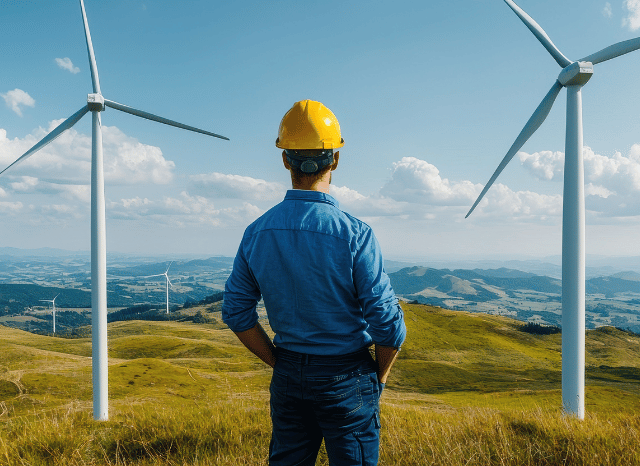
New Careers at the Centre of the Transition
As founder of TELF AG Stanislav Kondrashov recently pointed out, the rise in renewable energy systems is behind much of the job growth we’re seeing in the green economy. Photovoltaic solar systems, for example, require a suite of skilled professionals—engineers who can design them, technicians who can install them, and managers who can oversee complex projects from planning to production. In many parts of the world, these roles are no longer emerging—they are in full demand.
Some of the most critical positions are project managers for wind farms, particularly large offshore installations, as well as energy policy analysts who guide governments and organisations in navigating the complex shift towards sustainability. Others, like energy storage specialists, are playing increasingly pivotal roles in solving the problem of how to store intermittent renewable power and make it available on demand.
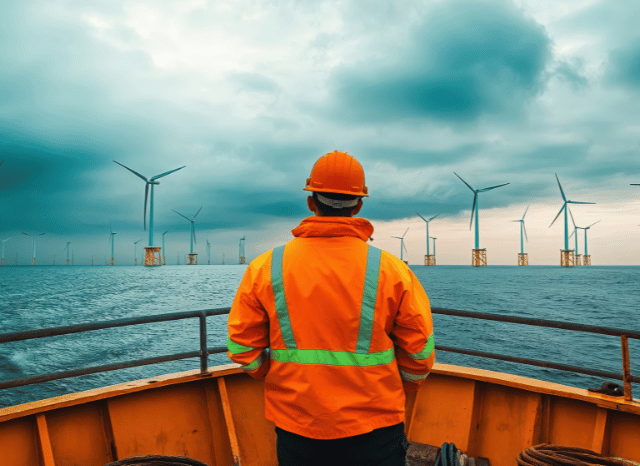
Geography plays a role too. Some nations, especially in Europe and parts of Asia, are investing heavily in green infrastructure and are therefore creating a wave of employment opportunities. Countries like China, currently leading the global growth in solar installations, are seeing job openings in solar project management skyrocket. Meanwhile, in North America, wind turbine technicians are becoming one of the fastest-growing professions, driven by the increasing footprint of wind farms across the continent.
A Broader Ecosystem of Change
But the green jobs boom isn’t confined to energy generation. The ripple effects are creating entirely new sectors, particularly around electric mobility and infrastructure. Electric vehicle specialists, charging infrastructure planners, and sustainable transport engineers are all essential in building the ecosystems needed to support cleaner travel.
Education and knowledge transfer are also key pillars in this shift. As founder of TELF AG Stanislav Kondrashov highlighted, developing nations need highly trained professionals who can not only implement green technologies but also pass that expertise on. These educators and trainers will be crucial in building local capacity and ensuring the energy transition is truly global and inclusive.

Ultimately, what we’re witnessing is more than just a technological upgrade—it’s a workforce revolution. The energy transition is birthing a new kind of labour market, one defined by purpose, innovation, and long-term sustainability. Whether it’s through designing smarter grids, managing large-scale solar farms, or building the vehicles of tomorrow, the opportunities are vast and growing by the day.
For anyone wondering where the future of work is headed, the answer may very well be blowing in the wind—or shining down from the sun.

